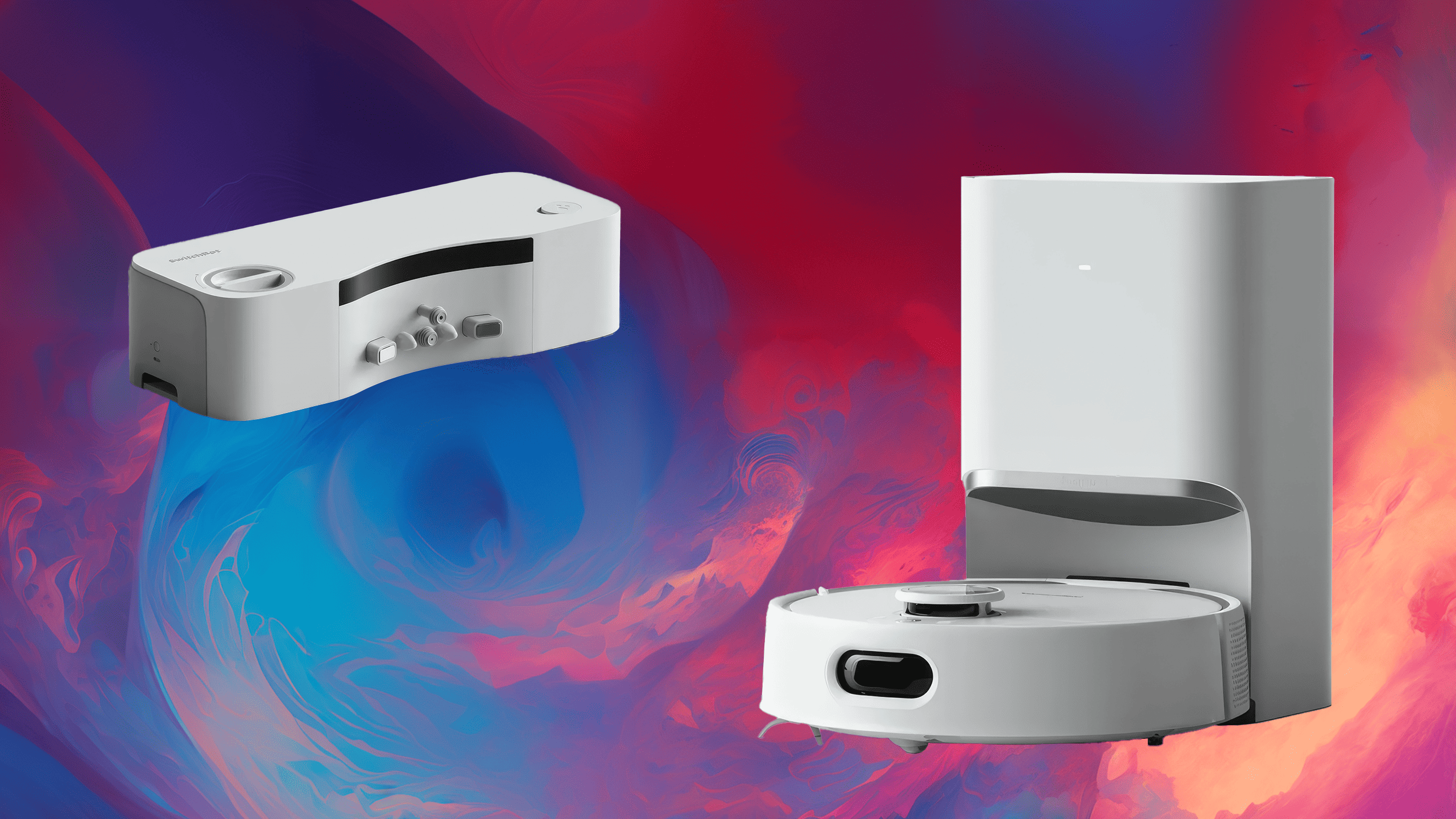
SwitchBot has entered the competitive market of high-end robot vacuum cleaners with a bold new contender. The SwitchBot S10 is a sophisticated device ready to challenge industry leaders like Roborock and iRobot. It boasts innovative features that distinguish it from the competition.
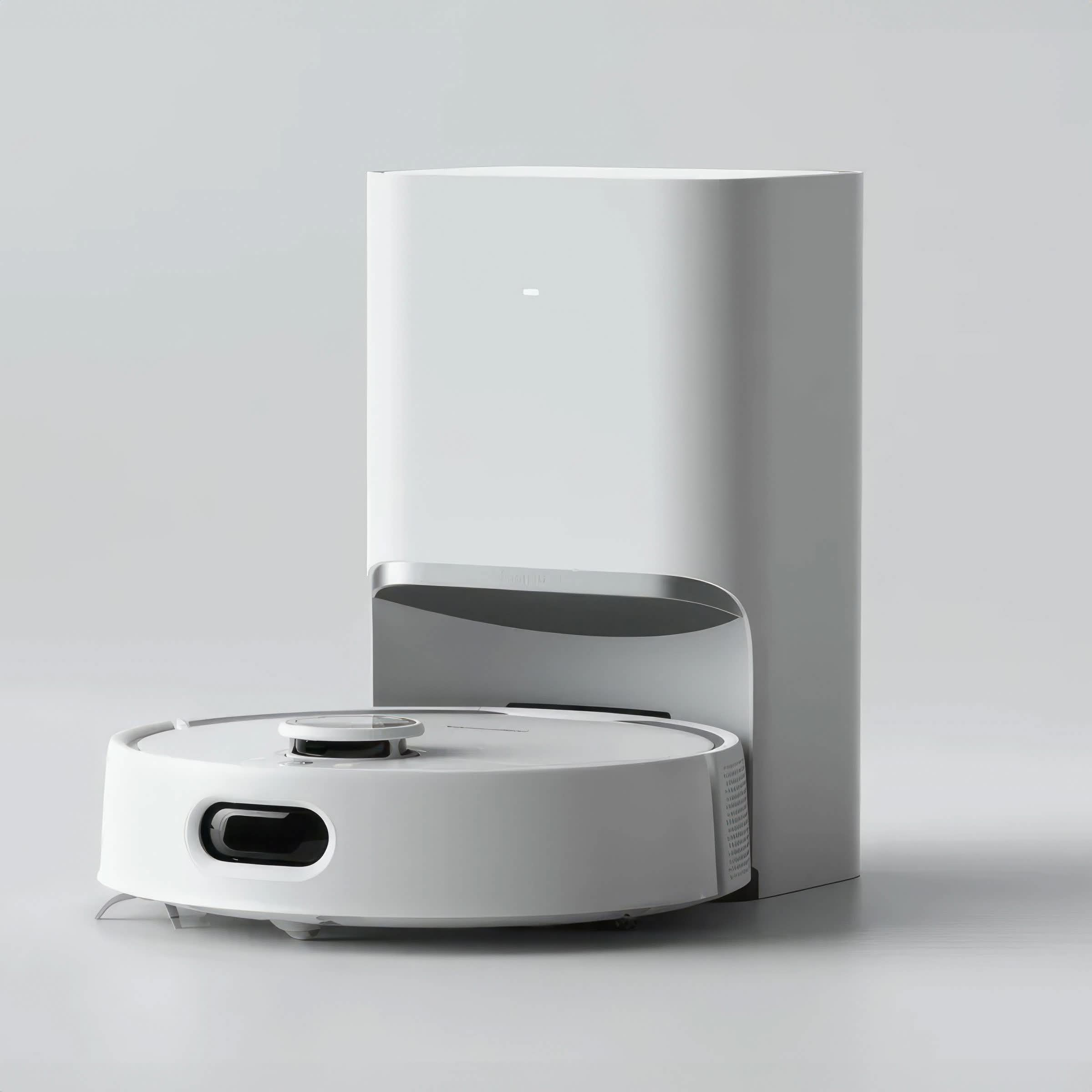
Contents
Distinctive Features of the SwitchBot S10
The SwitchBot S10 is designed to stand out with its unique capabilities. Unlike similar models, such as the Roborock S8 Pro Ultra, the S10 can automatically refill its water tank and clean its mop without requiring a bulky dock. This impressive feature is achieved by connecting directly to your home's plumbing system. The S10 uses a dual-dock system: one dock manages water drainage and refills, while the other serves as the primary base, handling dustbin emptying and mop drying.


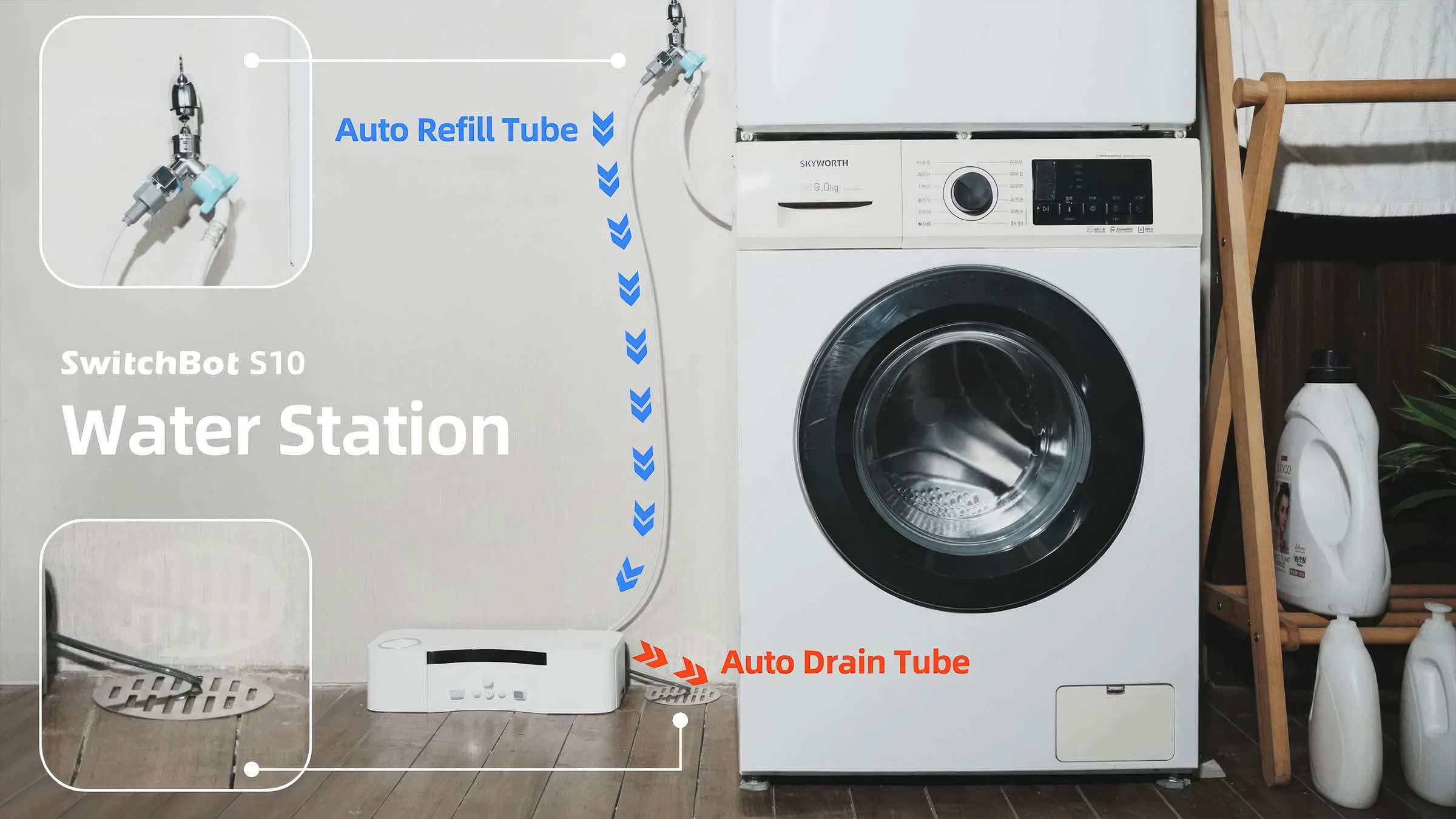
While automatic water-exchange systems are not entirely new, with options like the Narwal Freo and Roborock in mainland China already available, the SwitchBot S10's tank-free approach is refreshing. The Roborock S7 MaxV Ultra, for instance, requires a large dock with three separate containers for clean and dirty water and an auto-emptying dustbin. The Narwal Freo has a more compact dock but lacks an automatic dustbin emptying feature. In contrast, the SwitchBot S10's auto-emptying dock can store up to 70 days' worth of debris, keeping your home clean with minimal intervention.
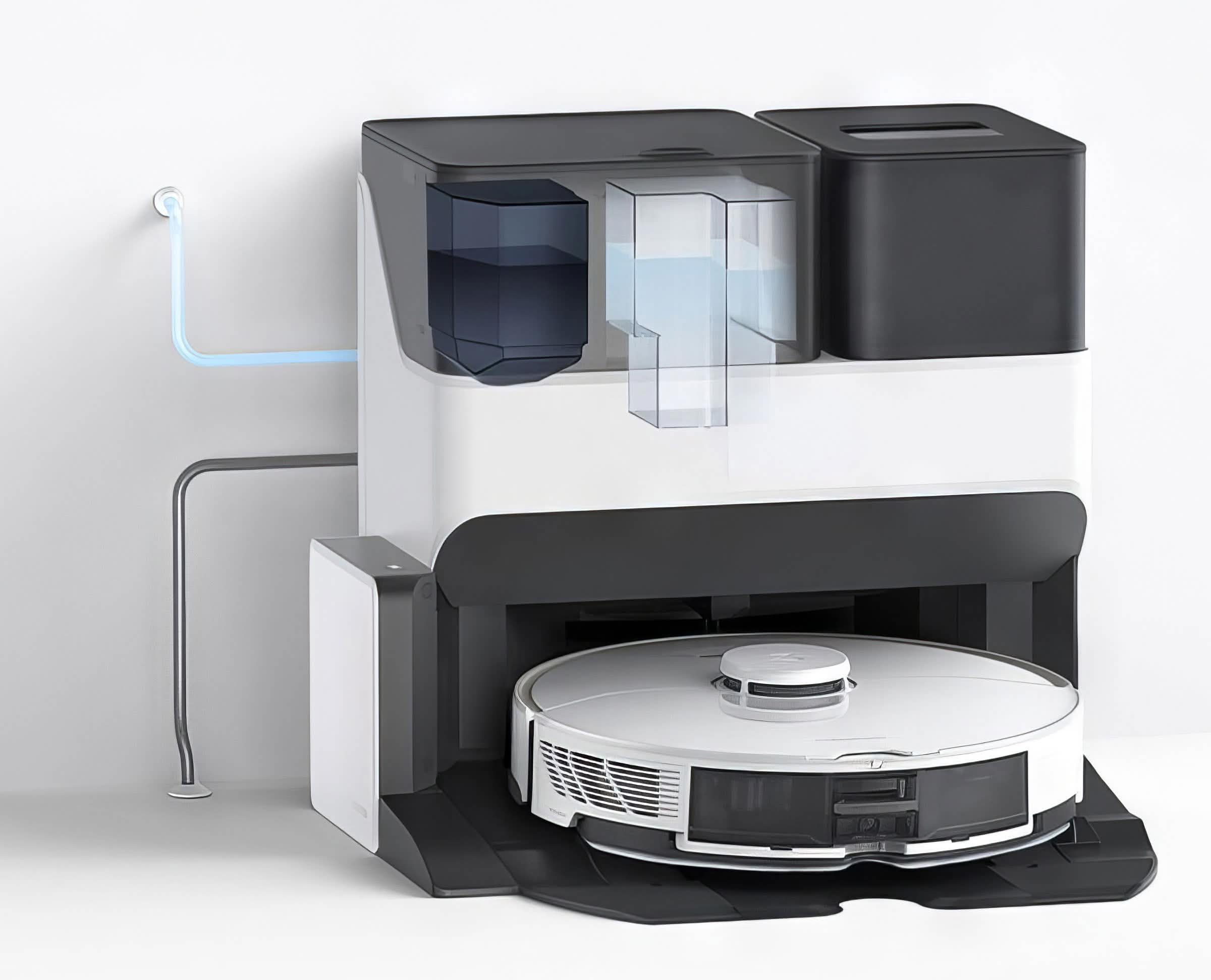
The Magic Behind the Auto-Refill Feature
The auto-refilling dock is a highlight of the S10. It can connect to any plumbing source, such as a tap, washing machine, or toilet. This unpowered dock uses the S10's battery to operate the pumps, minimizing its footprint and allowing for flexible placement options. Whether under a tap or behind a toilet, the dock's innovative design proves that the S10 prioritizes smart, space-saving solutions.
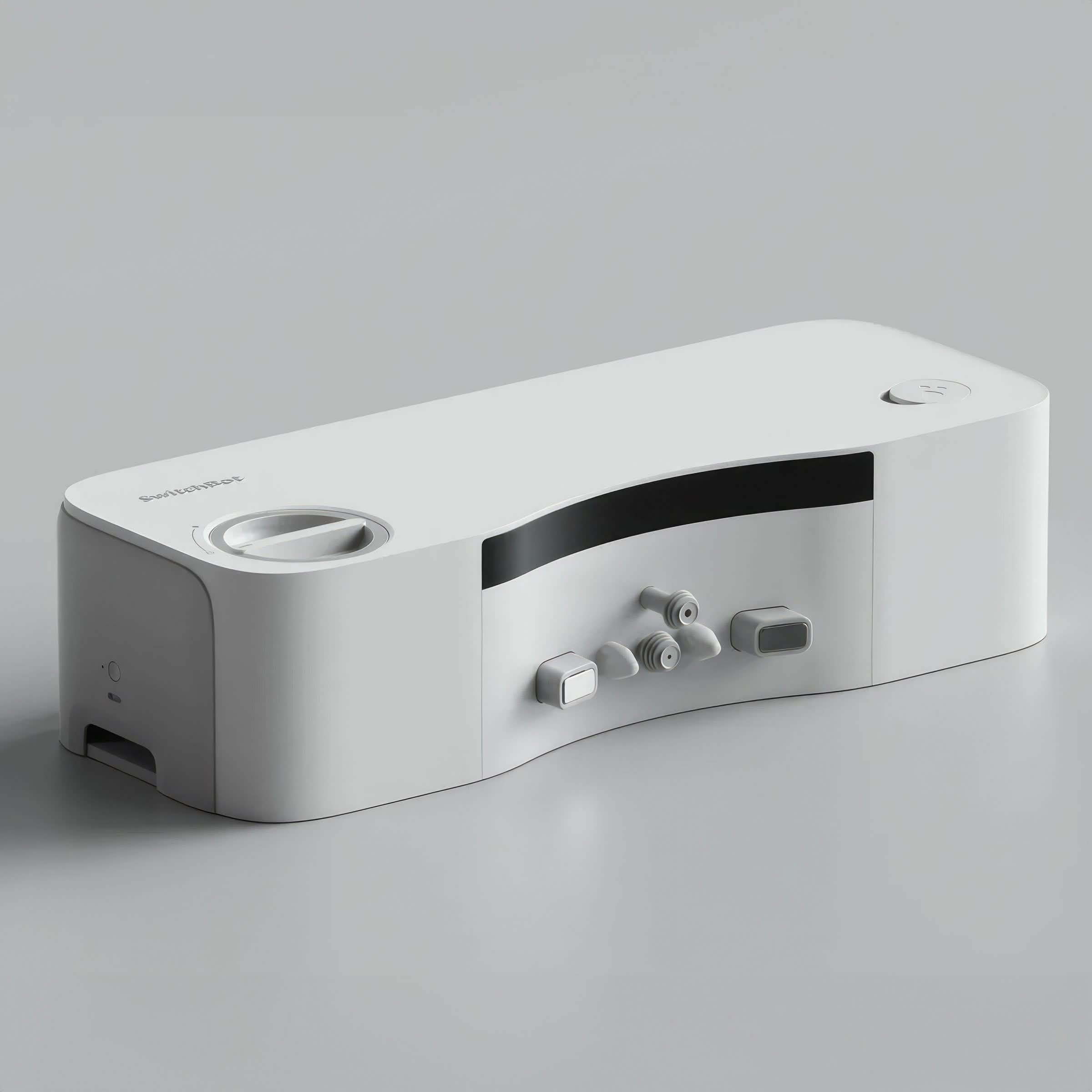
Beyond Floor Cleaning
The SwitchBot S10 extends its functionality beyond just vacuuming. When paired with the SwitchBot Humidifier 2, it can automatically refill the humidifier's water tank. Future integrations include a dehumidifier and potential extensions like delivering water to pet bowls or plant pots, making the S10 a versatile home automation tool.
The SwitchBot S10: A Comprehensive High-End Robot Vacuum Cleaner
While the auto-refilling dock garners much attention, the SwitchBot S10's primary function as a vacuum cleaner remains central. SwitchBot promises “powerful suction, extended battery life, LiDAR mapping, virtual no-go zones, room-specific cleaning, and AI-powered obstacle avoidance.” However, detailed specifications will be revealed at the IFA event from September 1st to 5th.
Based on the previous model, the SwitchBot S1/S1 Plus, which features a motor with 2700 Pa2 suction power, we can expect the S10 to offer at least 5000 Pa2 suction power, given the advancements in 2023.
The AI-powered obstacle avoidance system is another intriguing aspect. From the available images, it appears the S10 does not use a camera system. Instead, it likely employs 3D structured light and infrared imaging technology, similar to the Roborock S8.
